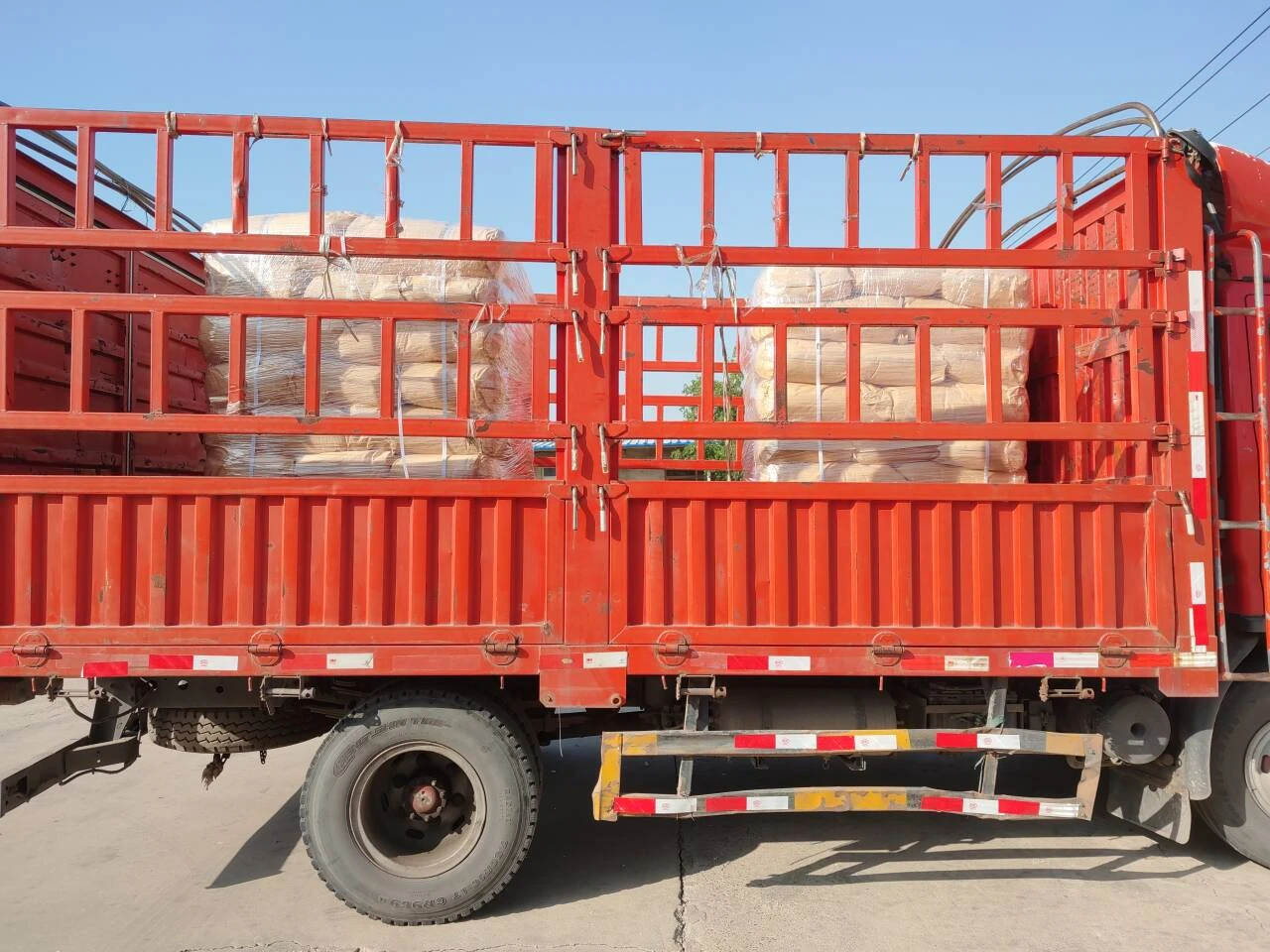

In high-pressure systems, where scale inhibitors might not suffice, chelants like Ethylenediaminetetraacetic Acid (EDTA) are used. They form soluble complexes with scale-forming ions, ensuring they remain in a dissolved state. This application of EDTA demands considerable expertise, as overdosing can lead to corrosion if it reacts with the metal surfaces. Consulting with experts and ensuring precise dosing can leverage the benefits of chelants without adverse effects. For controlling pH levels, neutralizing amines such as morpholine and cyclohexylamine are incorporated. Maintaining the correct pH is crucial to minimize corrosive reactions within the boiler. These chemicals not only help in pH correction but also protect the return lines from carbon dioxide corrosion by volatilizing into the steam. Utilizing such amines demands a comprehensive understanding of their impact, showcasing the expertise required for balancing feed water chemistry. An emerging trend seen with increasing authority in newer installations is the use of advanced film-forming amines. These compounds provide a protective, hydrophobic film on metal surfaces, preventing both oxygen and pH-related corrosion across all cycle phases. Their application reflects modern experience in corrosion prevention, addressing limitations found in traditional treatment chemicals. Incorporating the appropriate chemicals into boiler feed water treatment not only exemplifies thoughtful product selection and management but also stands as a testament to ensuring operational reliability and lifecycle optimization. Continual assessment and chemical monitoring are imperative to maintain system integrity, underscoring the trust placed in these carefully chosen solutions. Providing a thorough, expertly informed approach to chemical selection in boiler feed water treatment significantly enhances system reliability, making it a trusted cornerstone of industrial boiler maintenance and operational success.
Next:

